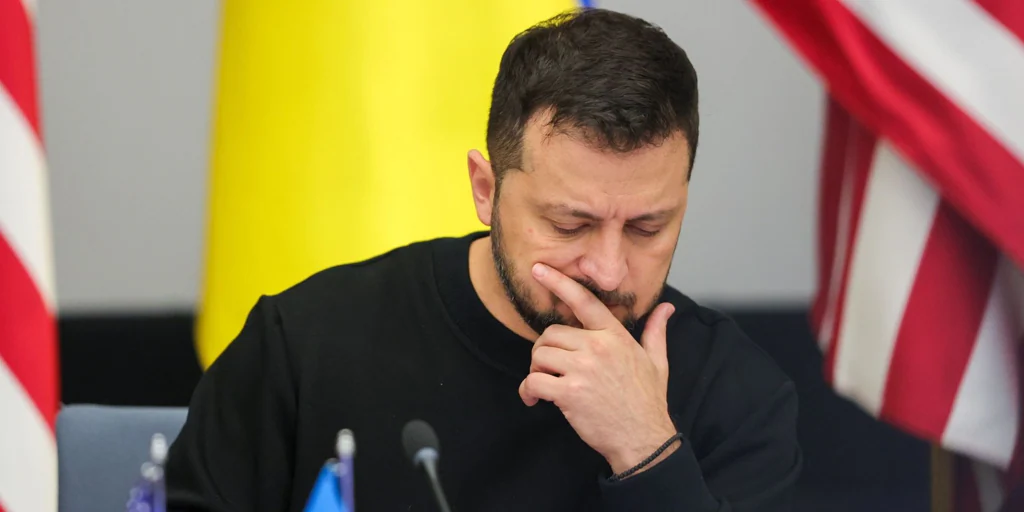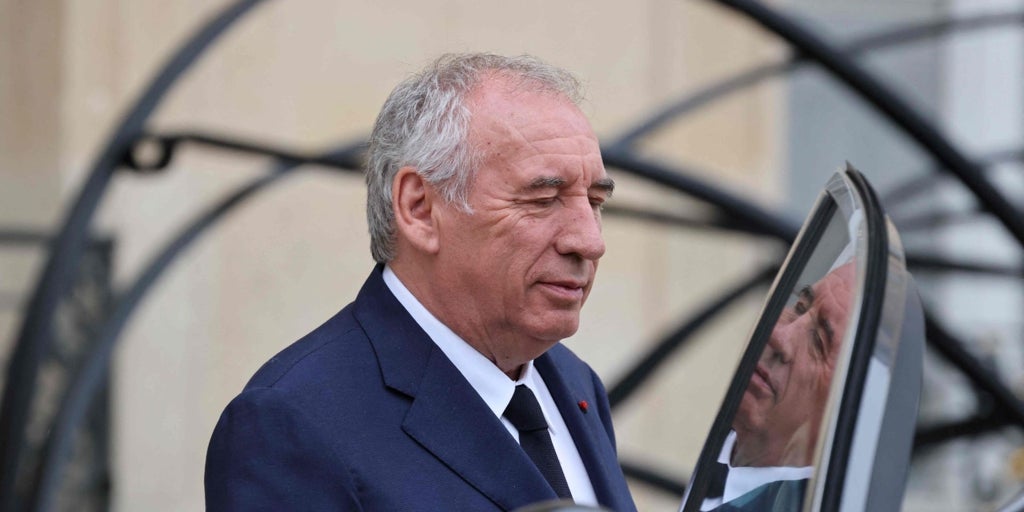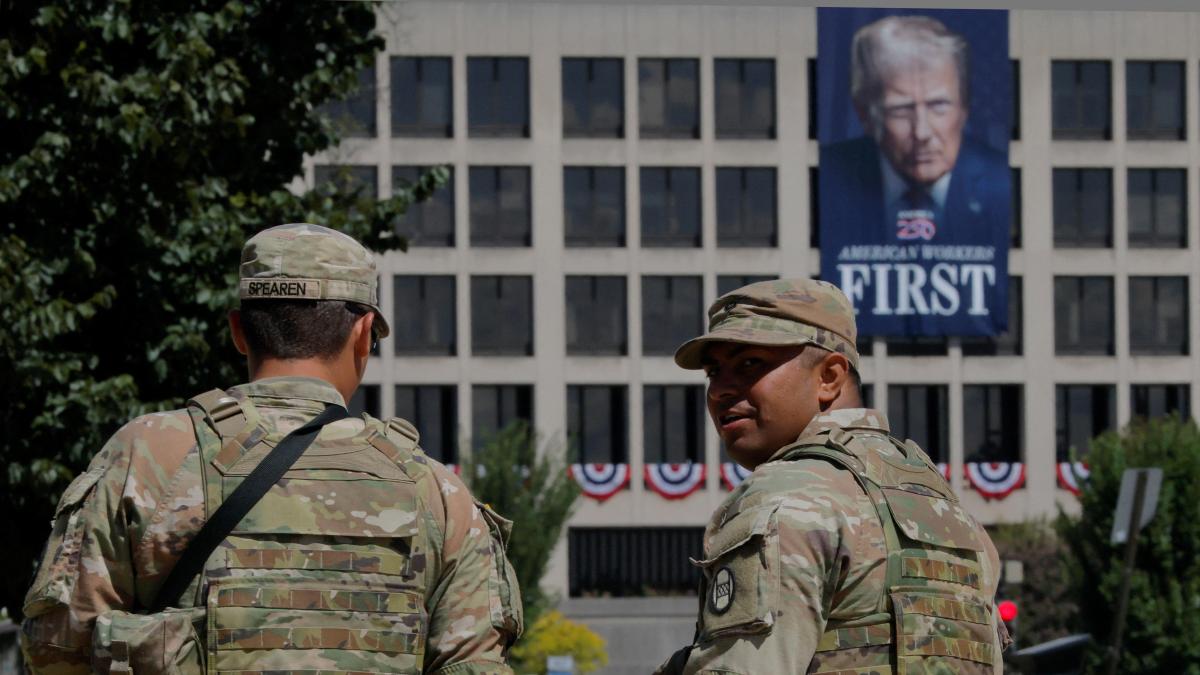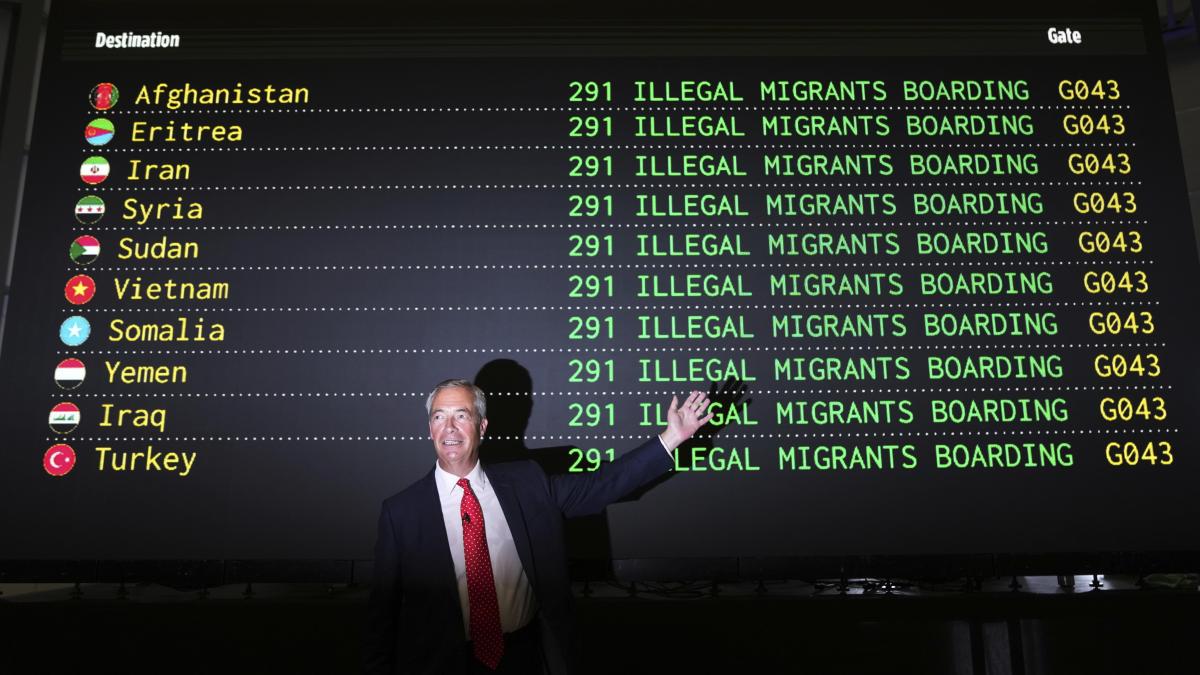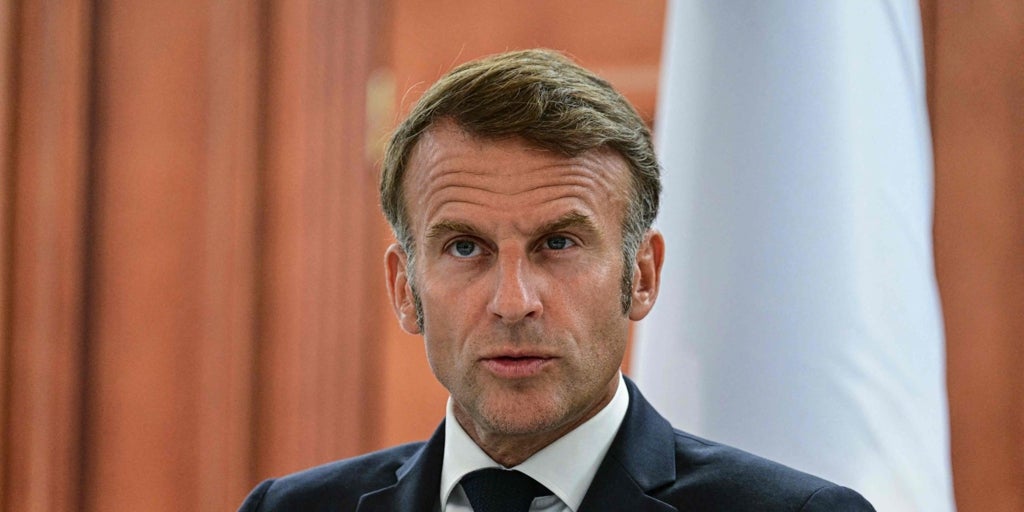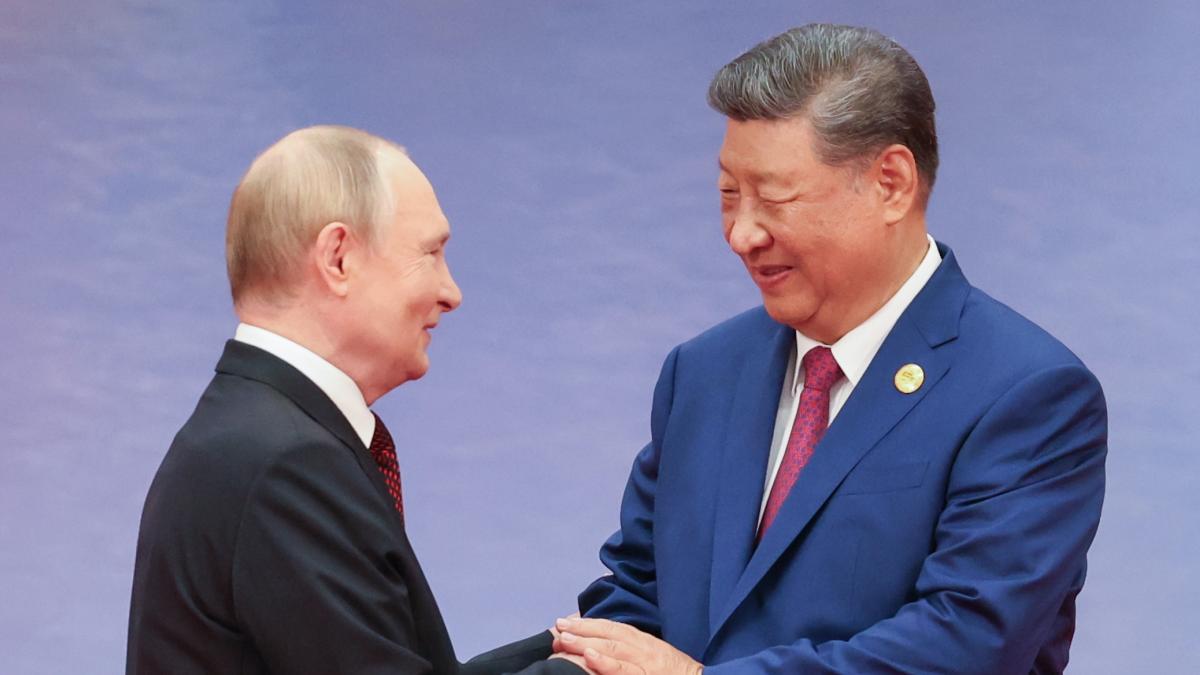Ukraine Strikes Back: U.S. Long-Range Missiles Target Russian Arsenal in Bryansk
The geopolitical landscape is shifting yet again as Ukraine makes waves with its recent military maneuvers, further escalating tensions in the Russo-Ukrainian conflict. This latest episode has seen Ukraine utilizing U.S.-made ATACMS missiles to strike a Russian military arsenal in the Bryansk region, marking a significant point in how Ukraine is now leveraging advanced Western technology against its aggressor.
A Bold Move Granted by the U.S.
Confirmation comes from various sources, including the controversial publication Moscow Times, which has reported that for the first time, Ukrainian forces launched ATACMS long-range missiles in a direct assault on an ammunition depot located in the Russian Federation. This authorization, under President Joe Biden’s administration, not only underscores the evolving relationship between the U.S. and Ukraine but also acts as a stark message to Russia about the west’s commitment to supporting Ukraine’s defense.
Ukrainian President Volodymyr Zelensky has been vocal about the necessity for enhanced military support. As he addressed the European Parliament after one thousand days of war, he reiterated the urgent need for advanced weaponry to counter the Russian offensive. This bold strike into Russian territory signals a shift in strategy that could reshape the battlefield’s dynamics.
The Strategic Importance of Bryansk
Why did Ukraine choose Bryansk, a region strategically located near the border and vital for Russian military logistics? This particular region serves as a key supply line for Russian forces operating in northern Ukraine. By targeting this depot, Ukrainian forces send a clear message: Ukrainian military capabilities have evolved, and the conflict’s front lines are no longer confined within Ukrainian borders.
According to data analysis from military experts, the ATACMS missile system, with a range exceeding 190 miles (300 kilometers), enables Ukraine to strike critical targets deep within enemy territory, thus changing the calculus for Russian military operations. No longer can Russia operate with the sense of security that once came with their border proximity, as Ukraine can reach out and strike significant operational assets.
A Catalyst for Escalation?
With every action taken in this war comes a reaction. Russian officials have condemned this attack as an act of aggression, threatening retaliatory measures. Speculation regarding possible nuclear implications or escalated conventional strikes looms large. This development might force NATO allies and the U.S. to reassess their involvement and the type of support provided to Ukraine. Moreover, this escalation raises fears about potential backlashes against Western countries if they continue supplying advanced military technology to Ukraine.
The Broader Context of Military Aid
Since the start of the Russo-Ukrainian War in 2022, the West has poured unprecedented levels of military assistance into Ukraine. The U.S. alone has committed approximately $45 billion in arms and military aid, safeguarding Ukraine’s defense against an increasingly aggressive Russia.
As of November 2024, the ramifications of military aid, particularly from the U.S., are profound. The ATACMS system, which has seen extensive use in this conflict, is not merely a weapon but a symbol of Ukraine’s right to sovereignty and self-defense against an existential threat posed by Russia. Furthermore, the implications of such military assistance extend beyond Ukraine, potentially altering the global security landscape by emboldening other nations facing similar threats.
Public Sentiment and International Reactions
Public opinion regarding U.S. involvement and support for Ukraine remains divided. Many argue that continued military support is critical for Ukraine’s sovereignty; others caution about escalating tensions with Russia, warning that it could lead to broader conflict. This debate is echoed in international forums where NATO’s role in the conflict is scrutinized. The Kremlin continues to characterize Western military support as provocation, labeling it evidence of a proxy war led by NATO.
Conclusion: A New Chapter in the Conflict?
The recent missile strike by Ukraine is a pivotal moment in the ongoing conflict, illustrating the lengths to which Ukraine is prepared to go to defend its territory and sovereignty. With advanced U.S. weaponry in hand, this conflict is not just a local affair but a central focus of international geopolitical discourse. As the consequences unfold, the world watches intently, where the dance of diplomacy and military strategy continues amidst the backdrop of war.
Stay tuned as more updates unravel in this ongoing situation that challenges the norms of warfare and international relations.

